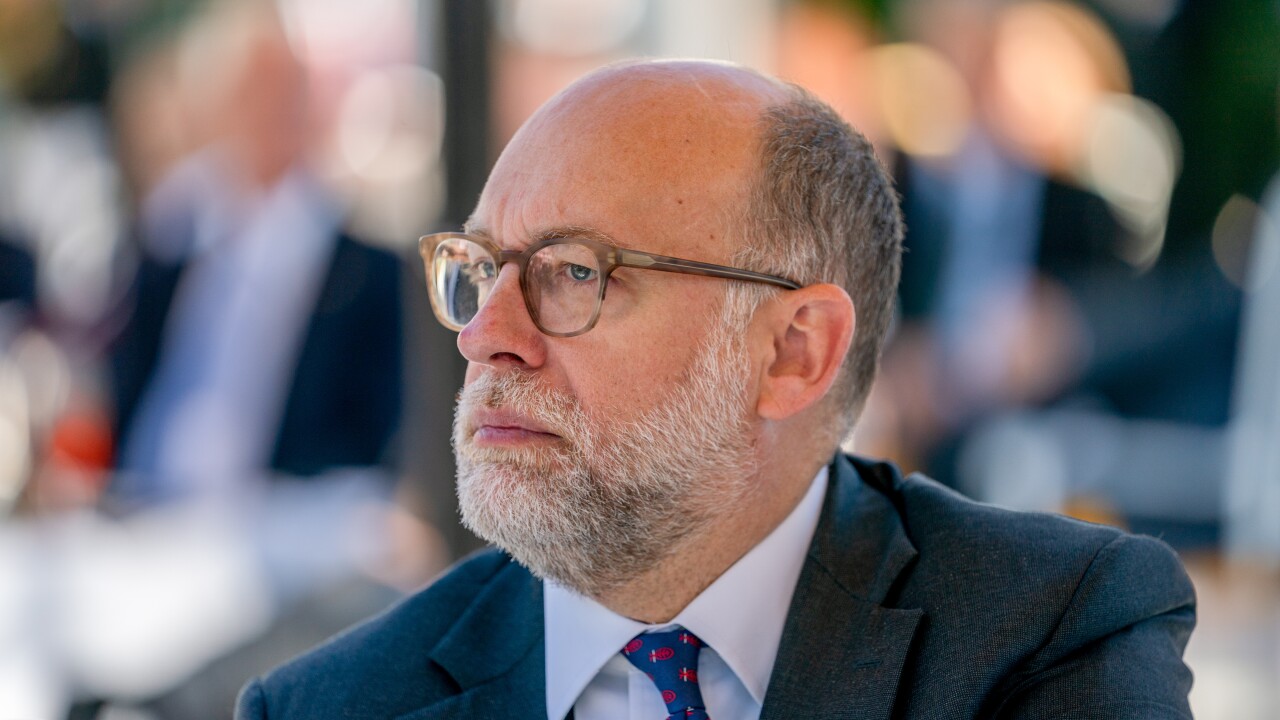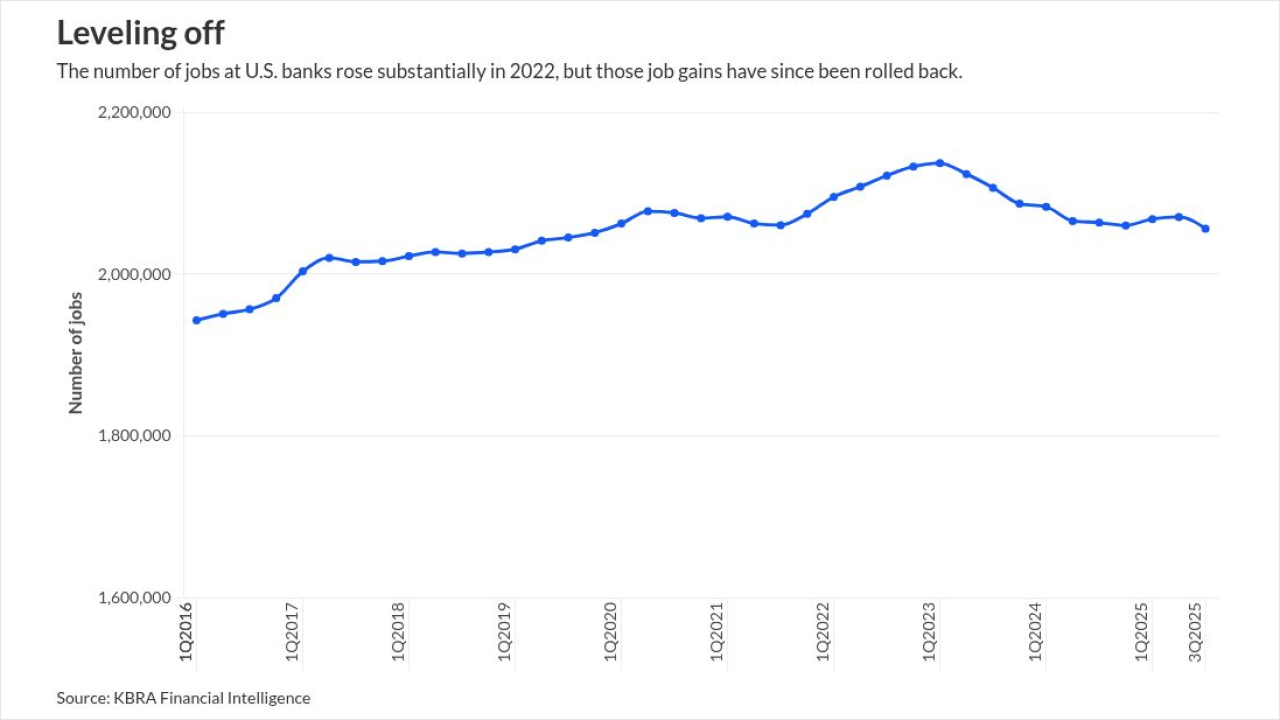“We’re very active in mobile contactless payments through the PayPass program and we’ve worked with Google, telcos in Europe and Isis in the past,” says James Anderson, group head, mobile payments at MasterCard. “This announcement is a continuation of our strategy to place PayPass in as many places as possible, so consumers can access it to execute contactless payments on their mobile phone. One important way consumers will want access to that functionality is through their banks.” Leveraging an application consumers are already using, such as mobile banking, should help spur mobile payment adoption, he believes.
The partnership with mFoundry will give the credit card association the ability to build PayPass into traditional mobile banking software for the 560 banks and credit unions that are mFoundry clients. “Mobile banking has become an important pillar for how banks interact with their consumers, certainly the more tech-savvy consumers,” he says. “Banks are looking for this kind of integration of mobile banking and mobile payments. Smaller banks have struggled to see how they get a foothold in contactless mobile payments. This is an easy way to get involved – we’re leveraging the technology they already have in place.”
MasterCard PayPass uses near-field communication to pass payment information wirelessly from NFC enabled phones (which contain an NFC chip and antenna) to PayPass merchant terminals. Initially, it will work with NFC-equipped Android and RIM devices. “Today there aren’t so many NFC devices,” Anderson acknowledges. “But we do see quite a few coming down the pipe.” When Apple provides NFC support in its iPhone, for instance, the new software will be compatible.
The new app will provide a seamless banking and payment experience, says Drew Sievers, CEO of mFoundry. “Imagine you’re in a mobile banking application, you’ll have the ability to add one of your cards, provision the card, and validate who you are and authenticate. You’ll have all the account information you’d expect with mobile banking – your account balance, your transaction histories, perhaps rewards and loyalty summaries and the ability to pay bills.”
MasterCard will provision the cards with its Mobile Over-the-Air Provisioning Service and provide any needed APIs. For those who choose not to use its provisioning service, Anderson says, MasterCard will come up with an alternative solution. “One of our strategies at MasterCard is to make it easier for banks to embrace mobile contactless and mobile,” he says. “The more of these pieces we have at MasterCard, the more strong partnerships we have with companies like mFoundry, the more that becomes a reality.” Transaction authentication will be provided by issuers.
MasterCard works with other partners to provide mobile payments, including Google, Sprint and Isis. “Our fundamental premise is that we want as many consumers to have access to mobile PayPass as possible,” Anderson says. “We see many ways consumers will want access to that. Some will want to get payment services from their bank, that’s why this partnership makes sense. Some people will hear about Google Wallet and think that’s fantastic and embrace that approach. Others will get it through their telco, for example through the Isis venture. We see these all as legitimate ways for consumers to gain access to these technologies. As long as PayPass is in all those experiences, we’re happy.”
mFoundry four years ago provided mobile wallet technology to Sprint, Alltel and other carriers. “We were too early and we’ve been waiting for it to pick up again,” says Sievers. “We think banks and mobile operators have a fairly symbiotic relationship in a lot of ways. If you go back four years, the perspective was very confrontational, it was more of an adversarial relationship. Over the last four years everyone has been tempered somewhat and the concept of collaboration has become more important. I think mobile carriers and banks will all have a role to play in this and it’s about letting the market figure out how it’s going to evolve and giving consumers a variety of options.”
MasterCard is agnostic about what kind of hardware should be used for the secure element in mobile devices that will store account information. “MasterCard’s position is we support all secure elements that meet our security and performance requirements,” Anderson says. “We’ve launched programs on the SIM card in the U.K., we’ve also announced programs that run on embedded secure elements, for example what we’ve done with Google Wallet.”
Sievers says the new application, which will be available sometime in 2012, will be available initially to mFoundry’s financial services clients and industry partners such as FIS, First Data, and Open Solutions.
“There are other people in the market who are selling banks a mobile wallet as a separate application,” Sievers notes. “The MasterCard approach is much more pragmatic. The bank doesn’t have to manage multiple apps, it doesn’t have to rip out an existing mobile banking app. Our goal is to remove as much friction from the deployment process as possible.”





